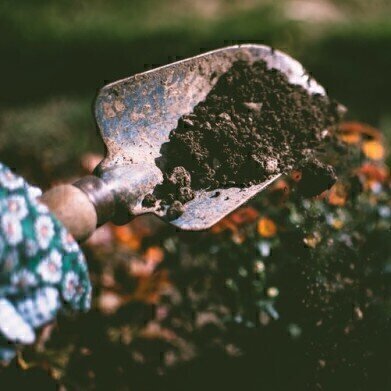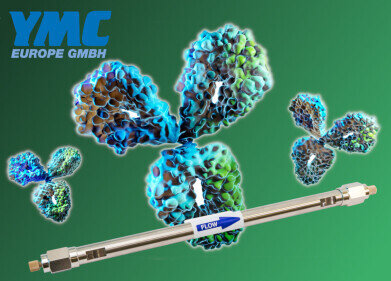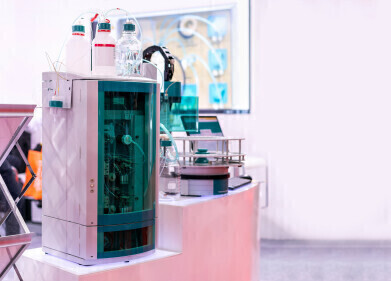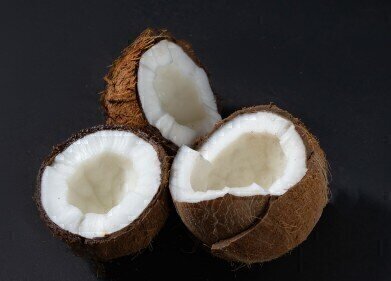Ion chromatography (IC)
How Can Ion Chromatography Help with Soil Analysis?
Feb 18 2020
We probably don’t think too much about soil. The dark coloured stuff that surrounds our lawns and covers much of the countryside is just something that is there. Something kids love to play in and mums tell you to get out of. But soil is incredible and plays an essential role in the Earth’s life support systems.
Knowing what makes up soil is important to ensure that soil is fit to use. A recent paper published in the journal Proenvironment - Ion Chromatography-An Advantageous Technique in Soil Analysis - discusses how ion chromatography can be used to analyse soil. Gas and liquid chromatographic methods can be used to analyse soil - but ion chromatography is especially useful in analysing the anions and cations found in soil.
Soil - Just what is it?
Soil forms an integral part of the earth’s surface - and is an essential part of the life systems that make Earth habitable. The soil we use now has formed over millions of years as part of the rock cycle and the introduction of living organisms. Soil comprises both inorganic and organic matter. The inorganic matter comes from the minerals and rocks from the rock cycle and weathering. The organic matter comes from microorganisms and the decomposition of dead plants and animals.
Soil is important in many different ways. But basically, soil is essential for life because it provides a medium for plants to grow in, it also acts as a filtration medium for surface water, stores a massive amount of carbon and is an amazing habitat for all kinds of creatures. When soil get damaged - either by the actions of man or climate - it is impossible to replace due to the long lead time for delivery of fresh soil.
Analysis of ions
Ion chromatography is used to separate and analyse anions and cations. These include the major ions like fluoride, nitrate, and sulphate anions along with cations like sodium, lithium and calcium ions. Ion chromatography is a form of liquid chromatography that can measure the concentration of ions by separating them from a mixture based on the ion’s interaction with a resin. The separation depends on the size and charge on the ionic species. The ionic species are released from the column by running an eluent through the column. Improving chromatographic analysis is the topic of the article, Increasing Peak Capacity for the Gradient Analysis of Protein Digests and other Complex Samples.
Ion chromatography is ideal for soil analysis due to the speed of analysis, sensitivity and selectivity of specific ionic species in complex sample matrices. It also used relatively cheap chemicals that are safe to use. Ion chromatography is also important for soil analysis because it is one of the few techniques that can analyse anions and inorganic anions play an important role in soil chemistry.
Events
May 18 2025 Tempe. AZ, USA
May 21 2025 Birmingham, UK
Jun 01 2025 Baltimore, MD, USA
Jun 15 2025 Bruges, Belgium
Jul 14 2025 Kuala Lumpur, Malaylsia














